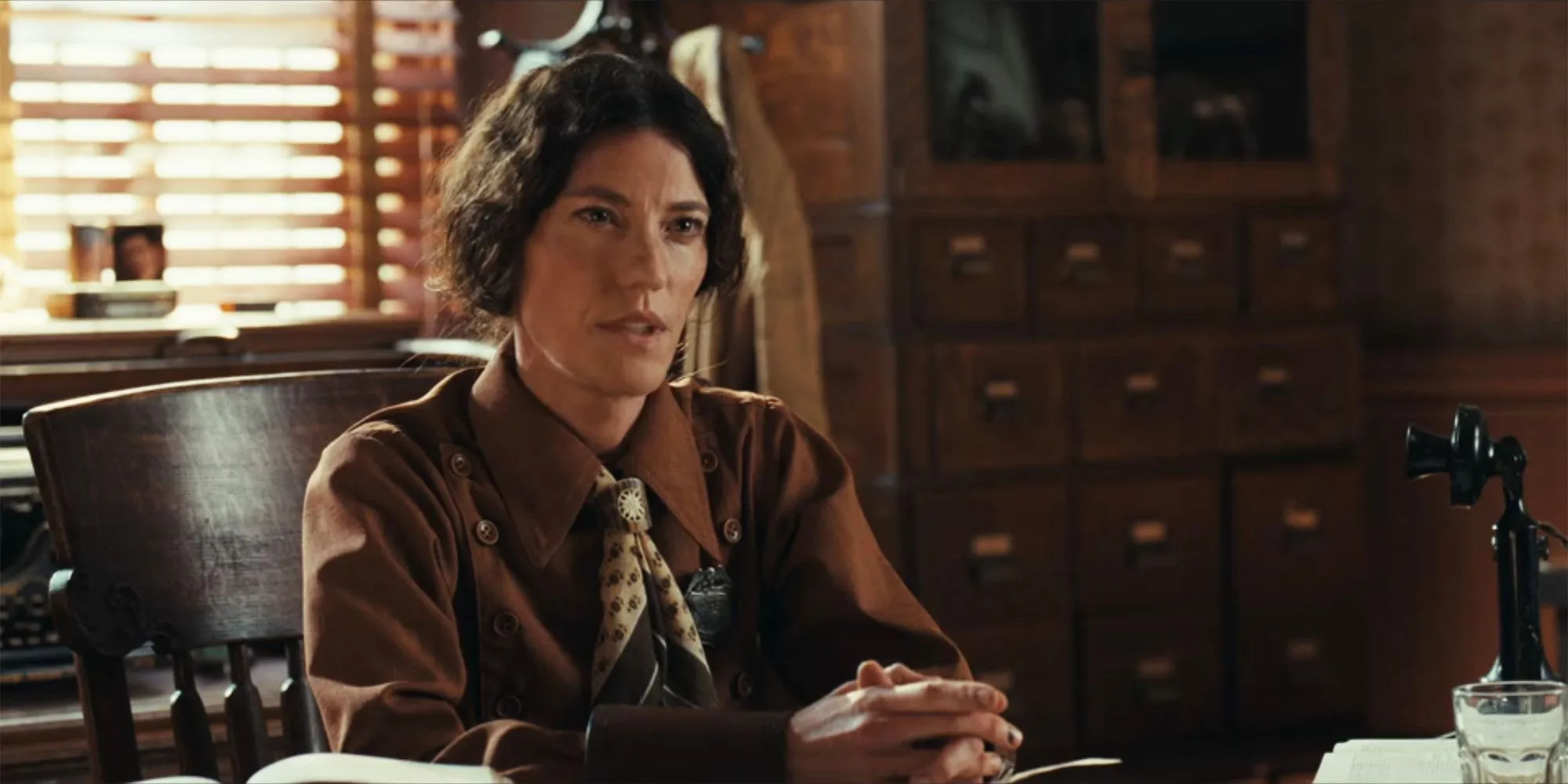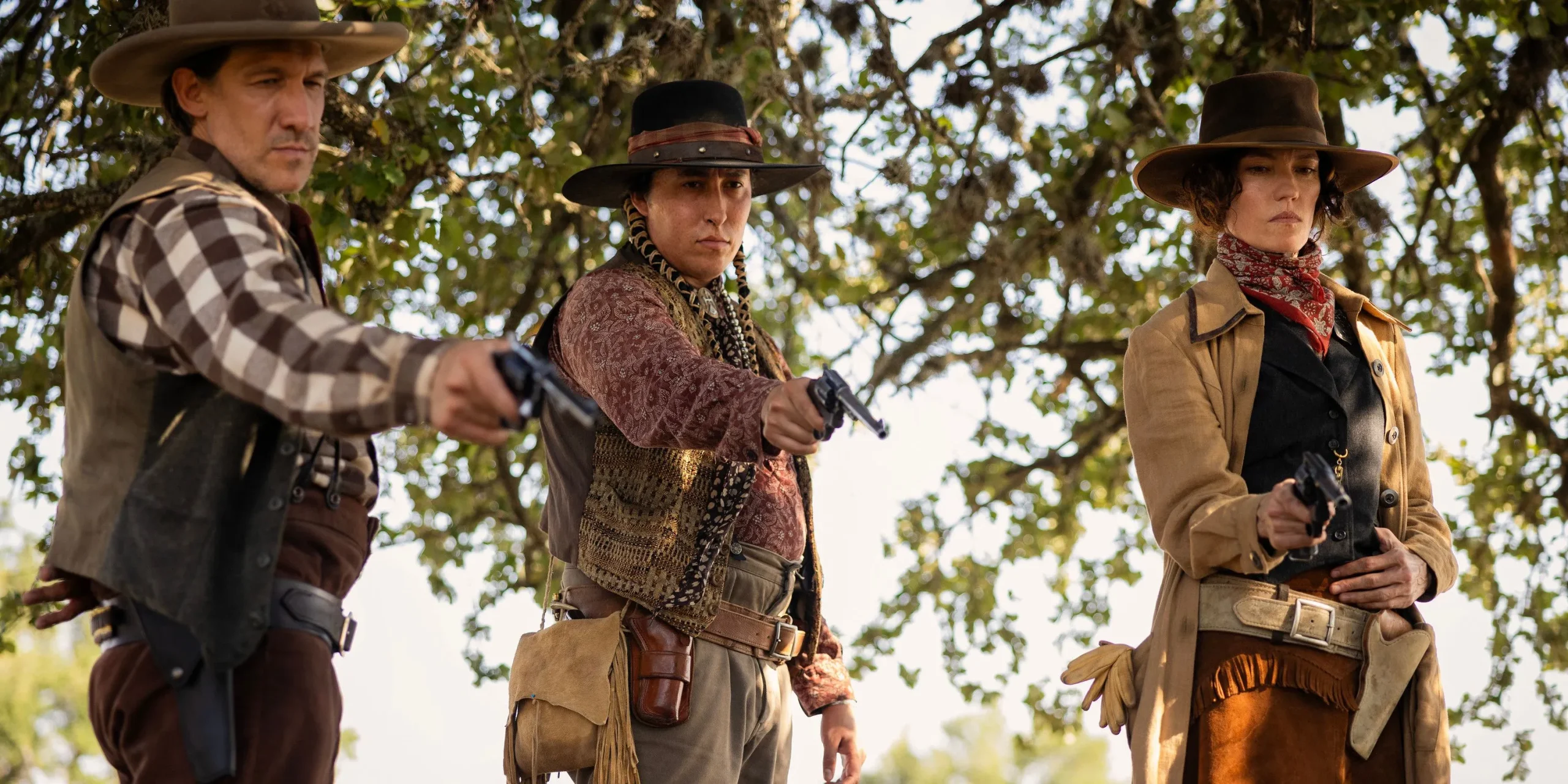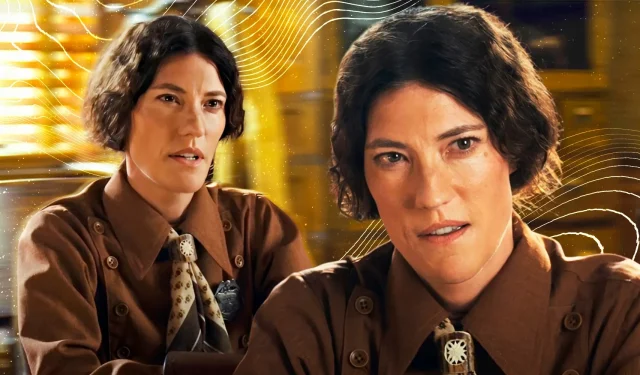The Role of Female US Marshals in History: Marshal Mamie Fossett raises a vital question regarding the historical existence of female US Marshals during the early 20th century, particularly in the context of the television series 1923. Although Taylor Sheridan’s Yellowstone franchise draws from real historical and political themes, it is well-known for infusing its narrative with dramatic flair, often departing from strict historical accuracy for entertainment value. This blend of fact and fiction is part of what has captivated audiences in Sheridan’s storytelling.
Jennifer Carpenter, recognized for her roles in popular shows like Dexter and White Chicks, brings the character of Marshal Mamie Fossett to life in the second season of 1923. Portrayed as a law enforcement figure in West Texas, Fossett becomes an ally to key characters. However, her interactions become more complex in season 2, episode 5, when she mistakenly picks up Spencer Dutton, under the impression that he is involved in the pursuit of Teonna Rainwater. During a telephone conversation with Montana’s Sheriff McDowell, the sheriff expresses surprise at the existence of female marshals, igniting a deeper inquiry into their historical presence.
Were There Female US Marshals in 1923?
The Appointment of the First Female US Marshal

The history of the United States Marshal Service can be traced back to the Judiciary Act of 1789, introduced during the inaugural session of the 1st US Congress and signed into law by President George Washington. The primary responsibility of US Marshals is the apprehension of federal suspects. Although it took considerable time for women to enter this male-dominated field, it is notable that this occurred prior to 1923. Lawyer Phoebe Couzins became a US Marshal in the late 19th century, marking a significant step forward for women in law enforcement.
In 1884, John Couzins served as a US Marshal in Missouri, with his daughter Phoebe acting as one of his deputies. Following his passing in 1887, she temporarily stepped into the role, thus becoming the first woman to hold the position, albeit briefly. Although this milestone likely did not garner widespread recognition, especially in remote areas like Montana, it established a crucial precedent for future female Marshals. As such, it is plausible that by 1923, someone like Mamie Fossett could have held this position, even if Sheriff McDowell remained unaware of it.
Mamie Fossett made her mark as a deputy marshal in Oklahoma during the early 1900s, further underscoring the presence of women in law enforcement during this era.
Understanding Jennifer Carpenter’s Role as Marshal Mamie Fossett
Mamie Fossett as a Supportive Force

Mamie Fossett emerges as a compelling character in 1923, positioned alongside law enforcement in the turbulent chase for Teonna Rainwater. In a landscape dominated by ruthless characters like Marshal Kent and Father Renaud, Fossett’s strong presence serves as a necessary counterbalance. Following the intense cliffhanger of season 2, episode 5, her role is poised to become even more critical in the upcoming episodes, as tensions mount and stakes rise in this dramatic narrative.


